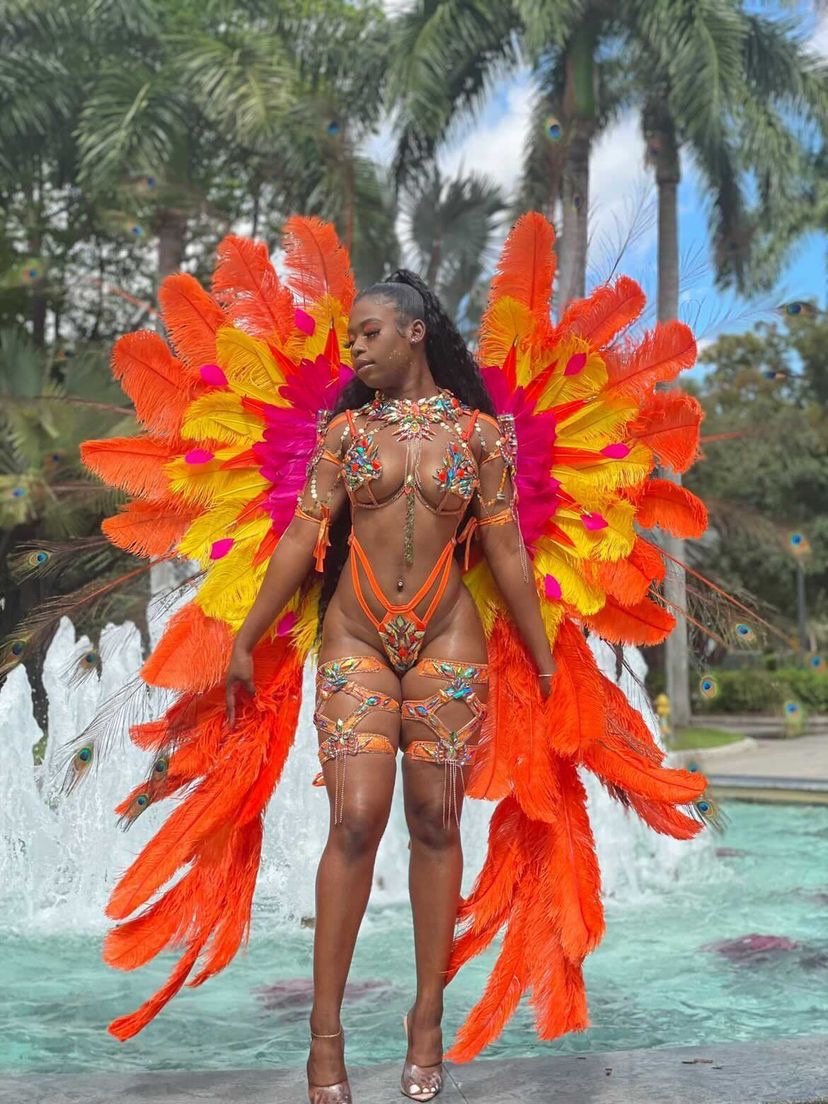Let’s Talk Carnival
By Jules Crosby
Miami Broward Carnival is a seminal event that brings together thousands of people of all racial and ethnic backgrounds from around the world to Miami. But, what exactly is it? And where does it come from?
According to Rediet Tadele of “Amplify Africa”, the roots of the Carnival celebration and its traditions stem back to the island of Trinidad, where French migrants and free Black people staged vibrant celebrations known as masquerade balls. Enslaved Black people, who were excluded from the masquerades, decided to enact their own form of celebration in the slave quarters where they were allowed a modicum of freedom. Their carnival became known as ‘Canboulay’ or ‘Cannes Bruleés’, since they were held at the same time as the harvesting period for sugar cane.
Canboulay coincided with the French celebration for the commencement of Catholic Lent. Therefore, traditional Carnival, as celebrated in Trinidad, occurs immediately before Lent— usually in February or March. Here in South Florida, Miami Carnival celebrations begin the week before Columbus Day in October.
The annual event features four signature events: Junior Carnival, Panorama, J’ouvert and a costumed Parade & Concert that features The King, Queen and Individual costume contest.
The King, Queen and Individual costume contests are integral to Carnival. According to South Florida Times reporter Adriana Harris, artists and designers spend months on making sure their costumes are not just beautifully crafted, but are also mobile and historically accurate.
Designers of Carnival costumes are artists in every sense of the word, skilled in multiple disciplines ranging from carving and papier mache molding, to copper work.
Carnival symbolizes defiance and liberation, and its history is intertwined with bitter struggle. Take the Canboulay riots of 1881; the riots came about in response to efforts by the colonial police to restrict aspects of the island's annual Carnival festival, and several people were killed as a result of standing up against British oppression.
Carnival represents a comprehensive and inclusive Caribbean identity, and continues to be celebrated in severa Caribbean nations such as Jamaica, Haiti, Cuba, St. Lucia, Martinique, Guadeloupe, Dominica, Puerto Rico, and the Dominican Republic.
Carnival is also celebrated on an international stage, such as Miami Broward’s Carnival, Toronto’s Caribana, Notting Hill Carnival, and New York City’s Labor Day Carnival!
For more resources on the global influence of Trinidad Carnival, visit: https://www.discovertnt.com/articles/Trinidad/The-Birth-Evolution-of-Trinidad-Carnival/109/3/32#axzz7AVGio88i










